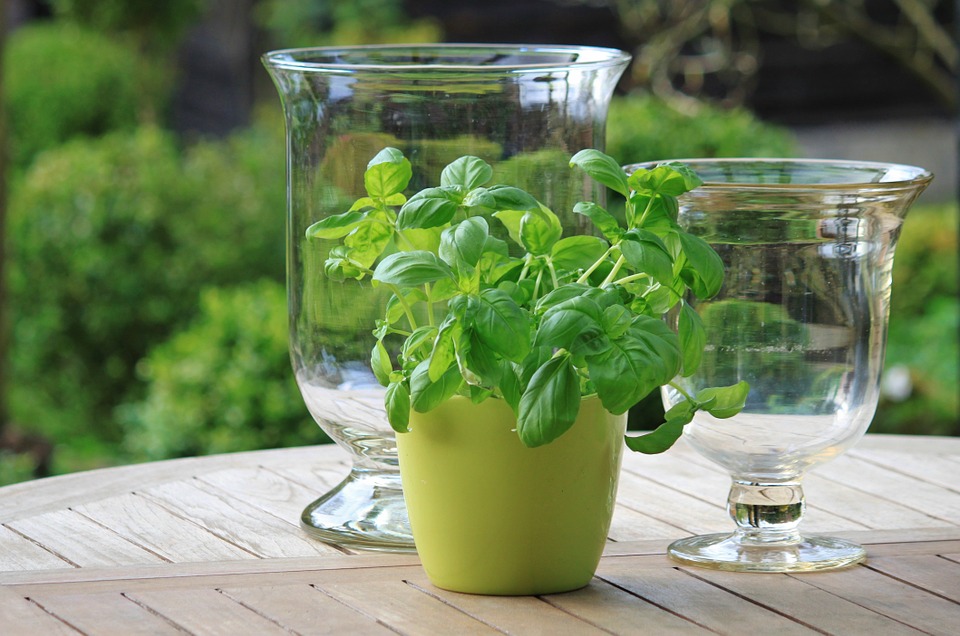
Make your own container herb garden
Herbs have a very important role to play in our daily lives. Could you imagine cooking your favourite meals without that handful of parsley, dill, or basil? Not to mention the fact that there really is nothing better than the fresh herb itself. Sure, you can find dried herbs at your local supermarket but the flavour is just not quite the same. Unfortunately, herbs are not always cultivated in the best environments and sometimes they are significantly more expensive than they should be. This has resulted in an increasing number of people getting their hands dirty. Yes, planting your own herb garden will not only prove cheaper in the end, but it’s also extremely rewarding and convenient to have all the herbs you need right there in your kitchen or garden.
While herbs can be planted in your garden, it’s better to use the container garden approach. Not only can you easily keep track of all your plants, but you can also move them if need be. In the beginning, you may need to invest in a few supplies but it will be more than worth it in the long run.
List your herbs
Take a moment to think about all the herbs you commonly use in your kitchen and home. Some of the most popular include parsley, dill, basil, oregano, coriander, thyme, rosemary, tarragon, mint and sage. Take account of the needs of the plant before you move on to the next stem. If you don’t want to end up replanting herbs like basil too often, you will need to select a home that will cater to their needs. In other words, you need a pot or container that is large enough to allow for growth.
Choose containers
As previously mention, you need container that are of various sizes. Some plants, like basil, should be grown in smaller pots before they are moved to a larger one. Each herb plant will let you know if they are not happy. For example, if the leaves on your basil plant are smaller than they should be, this could be a sign that you need to move it to a larger pot. It’s also worth considering the life cycle of the plant. Some herbs will continue to grow provided their basic needs are met. Others have an almost set lifespan and there’s not much you can do to keep them from perishing but you can allow them to release their seeds so that you have a fresh supply sooner rather than later. In some cases, herbs may enjoy time outdoors in the warmer months but you might need to move them inside during winter. Keep this in mind and make sure that you have the space for these plants in your home if you want to keep them throughout the winter too.
Regular care and replanting
Different types of herbs have different preferences, so to speak. While some enjoy more sun, others prefer shade. Before selecting seeds or seedlings, make sure that you know what the plant needs in order to grow and thrive. Remember, sometimes seeds will sprout but they will eventually perish and they will not develop properly if they are not kept in an ideal environment. If you don’t want your herbs to reseed on their own (like coriander for example) you could remove the seeds from the plant and save them for next season. Store the seeds in a dry, cool place and plant them when the weather is suitable. Pests love certain herbs and snails can be a real bother in particular. Snail traps and natural repellents are great for keeping your herbs safe without chemicals. That said, you should always wash your herbs thoroughly before use.
If your plant produces plenty of leaves and you don’t want them to wilt or perish before you use them, you can remove these leaves, chop them up and place them in your freezer. Be sure to mark all of your packages because they tend to look alike once frozen.
